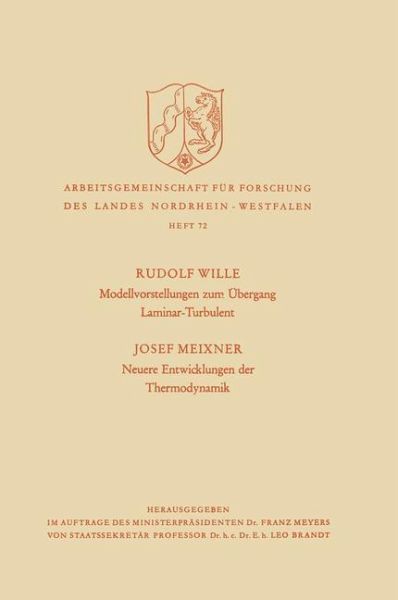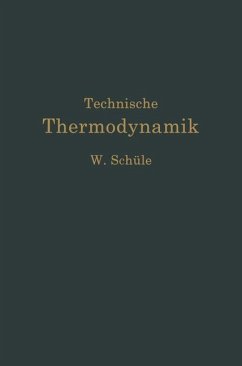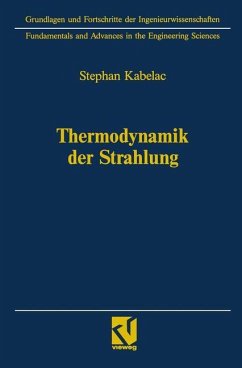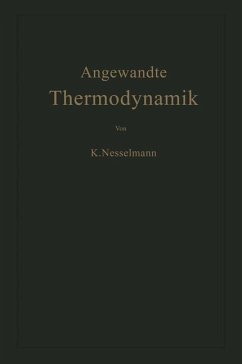
Modellvorstellungen zum Übergang Laminar-Turbulent. Neuere Entwicklungen der Thermodynamik

PAYBACK Punkte
0 °P sammeln!
The paper gives account of some physical aspects of the transition process. The tool of the turbulence research er is the hot-wire probe. For special flow phenomena, e. g. the flow of vortices, typical hot-wire signals are shown and explained. In a free jet the laminar-turbulent transition occurs in the cylindrical boundary layer which breaks away from the nozzle wall as a laminar boun dary layer. In the transition region the undulating shear layer forms meanders which concentrate to annular vortices embracing the jet. Charac teristic data of such vortices are given. Further downstream the vor...
The paper gives account of some physical aspects of the transition process. The tool of the turbulence research er is the hot-wire probe. For special flow phenomena, e. g. the flow of vortices, typical hot-wire signals are shown and explained. In a free jet the laminar-turbulent transition occurs in the cylindrical boundary layer which breaks away from the nozzle wall as a laminar boun dary layer. In the transition region the undulating shear layer forms meanders which concentrate to annular vortices embracing the jet. Charac teristic data of such vortices are given. Further downstream the vortices break down, and during this process the hot-wire signals show outbreaks of high frequent disturbances. "Spot" phenomena occuring intermittently in space and time govern the last stages of transition. In the special case of free-jet transition, between the point of lability and the fully developed turbulence, laminar vortices are defined as an intermediate stage. The strength of the vorticity of the annular vortices was measured and the experimental data lead to the hypothesis that a "critical vortex strength" defines the onset of turbulence. Diskussion Professor Dr. -Ing. Friedrich Seewald Ich habe das Gefühl, daß die gesamte Turbulenzforschung seit längerer Zeit nicht mehr recht weitergekommen ist. Große Fortschritte sind seinerzeit erreicht worden, als Prandtl und seine Schüler die ersten Schritte zum Ver ständnis der Turbulenz taten.














